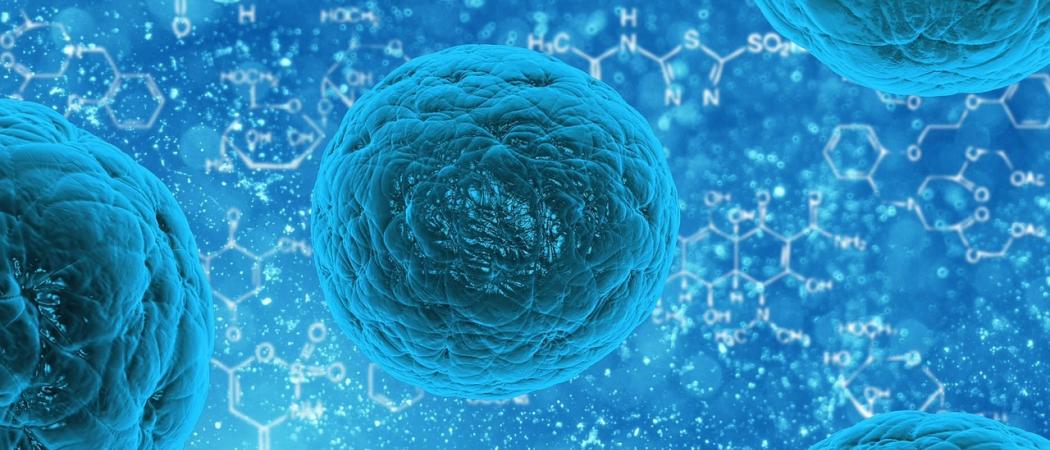
KU Leuven scientists present a new way to generate oligodendrocytes, building blocks of the brain that play a crucial role in neurodegenerative diseases such as multiple sclerosis and ALS. The method makes it much easier to study these cells and explore their therapeutic potential.
All stem cells are immature, and pluripotent stem cells are the most immature among them: they can give rise to all different cell types of the body. Therefore, scientists can use them to generate cells that are otherwise difficult to study, including the oligodendrocytes in our brain.
Oligodendrocytes regulate the production of myelin, the isolating cover around neurons that is essential for proper signal conduction. They’re also important for providing the nutrients that support the neurons. Defects in the oligodendrocytes are linked to neurodegenerative diseases such as multiple sclerosis (MS) and amyotrophic lateral sclerosis (ALS).
“Our understanding of the biology of these cells and the role they play is still fairly limited,” says Professor Catherine Verfaillie from the KU Leuven Stem Cell Institute and the Department of Development and Regeneration. “Oligodendrocytes are difficult to access in human tissue, and existing methods to derive them from stem cells in the lab are ineffective.”
Verfaillie and her team present a method to derive oligodendrocytes from pluripotent stem cells in a quick and efficient manner. They were able to identify the ‘switch button’ – transcription factor SOX10 – that can make stem-cell-derived brain cells develop into oligodendrocytes with a near-100% success rate.
“Like their counterparts in the human brain, the oligodendrocytes we generated can produce myelin around neurons – both in the lab and in the brains of mice lacking mature myelin. We can also derive these cells from the pluripotent stem cells of patients with MS and genetic forms of ALS with similar efficiency and speed.”
In theory, as the stem cells can be grown indefinitely, they provide an inexhaustible source of oligodendrocytes that can be used to create standardised models for MS or ALS. As such, they may allow for the testing of candidate treatments.
This release was first published 12 January 2018 by KU Leuven.





 A unique international forum for public research organisations and companies to connect their external engagement with strategic interests around their R&D system.
A unique international forum for public research organisations and companies to connect their external engagement with strategic interests around their R&D system.